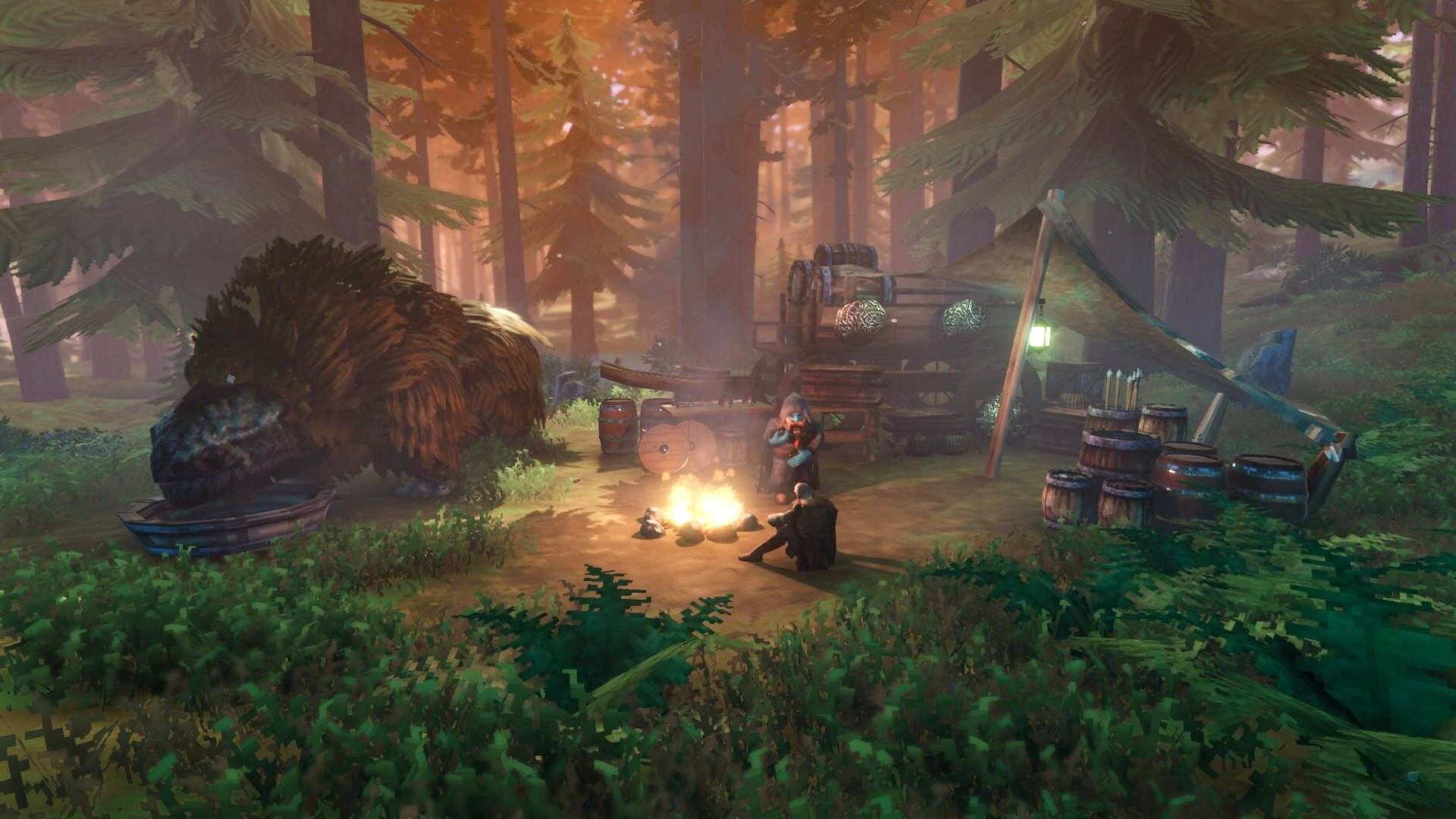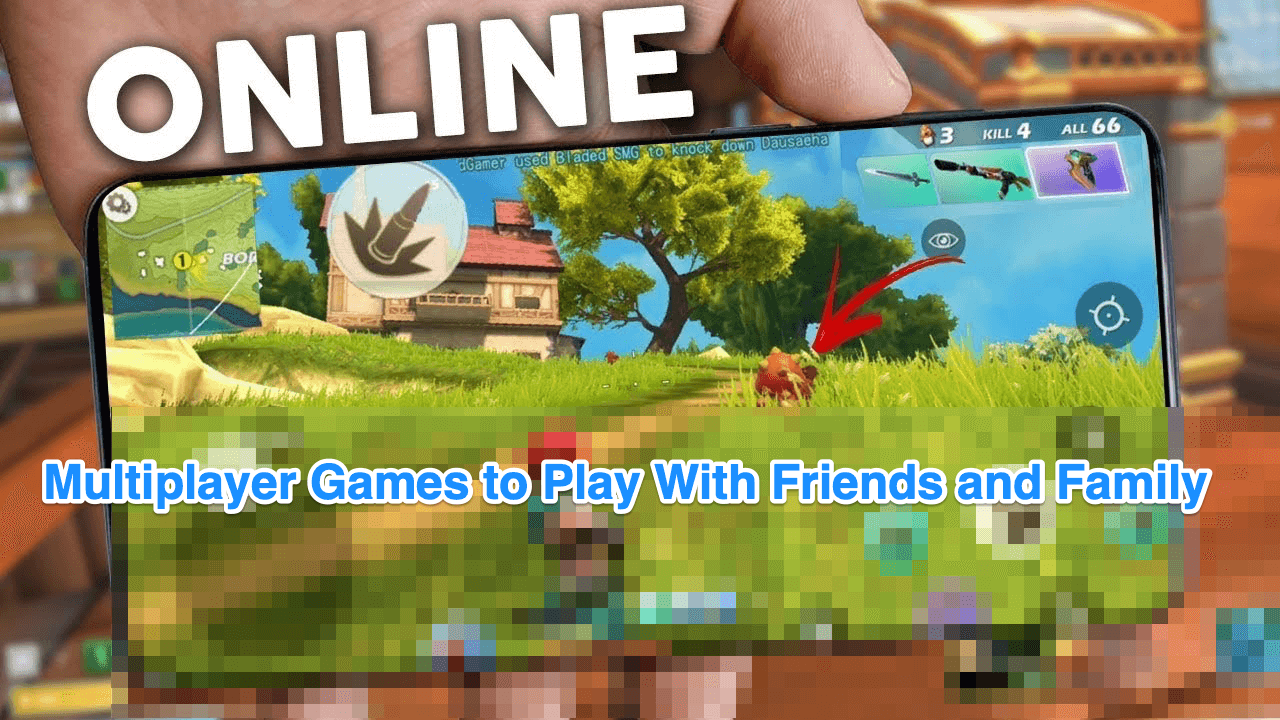The Evolving Landscape of Free-to-Play Multiplayer Games in 2025
Related Articles: The Evolving Landscape of Free-to-Play Multiplayer Games in 2025
Introduction
With enthusiasm, let’s navigate through the intriguing topic related to The Evolving Landscape of Free-to-Play Multiplayer Games in 2025. Let’s weave interesting information and offer fresh perspectives to the readers.
Table of Content
The Evolving Landscape of Free-to-Play Multiplayer Games in 2025

The realm of online gaming has undergone a dramatic transformation, driven by the rise of free-to-play models and the increasing accessibility of high-speed internet. This evolution has led to a surge in the popularity of multiplayer games, particularly those offering a free entry point. By 2025, this trend is projected to further solidify, with a plethora of free-to-play multiplayer games catering to diverse tastes and preferences.
The Appeal of Free-to-Play Multiplayer Games
The allure of free-to-play multiplayer games lies in their accessibility and potential for social interaction. They eliminate the financial barrier to entry, allowing players to experience engaging gameplay without upfront costs. This accessibility opens doors to a wider audience, fostering a diverse and vibrant online community. Moreover, the multiplayer aspect enhances the gaming experience, providing opportunities for collaboration, competition, and social interaction.
Emerging Trends in Free-to-Play Multiplayer Games
Several key trends are shaping the future of free-to-play multiplayer games in 2025:
-
Cross-Platform Play: The barriers between different gaming platforms are gradually dissolving. Cross-platform play enables players on PCs, consoles, and mobile devices to interact seamlessly, fostering a larger and more diverse player base.
-
Evolving Business Models: Free-to-play games are increasingly moving away from traditional pay-to-win models. Instead, developers are embracing alternative monetization strategies such as cosmetic items, battle passes, and in-game events. This approach aims to create a more equitable and enjoyable experience for all players.
-
Focus on Accessibility: Developers are prioritizing accessibility features, ensuring that their games are enjoyable for players with diverse abilities. This includes features like customizable controls, text-to-speech options, and colorblind modes.
-
Enhanced Social Features: Social interaction is becoming increasingly central to the free-to-play multiplayer experience. Games are incorporating features like voice chat, in-game messaging, and social hubs to foster a sense of community.
-
The Rise of Esports: Free-to-play multiplayer games are increasingly becoming competitive esports titles. This trend is fueled by the popularity of professional gaming, which offers lucrative opportunities for skilled players.
Genres Flourishing in the Free-to-Play Space
Free-to-play multiplayer games are prevalent across various genres, each offering unique gameplay experiences:
-
Battle Royale: This genre emphasizes survival and last-man-standing gameplay, featuring massive maps and intense action. Popular examples include Fortnite, Apex Legends, and Call of Duty: Warzone.
-
Multiplayer Online Battle Arenas (MOBAs): MOBAs involve two teams battling for control of a map and the destruction of the opponent’s base. Popular examples include League of Legends, Dota 2, and Heroes of the Storm.
-
First-Person Shooters (FPS): FPS games emphasize fast-paced action and skillful gunplay. Popular examples include Valorant, Overwatch 2, and Counter-Strike: Global Offensive.
-
Massively Multiplayer Online Role-Playing Games (MMORPGs): MMORPGs offer persistent worlds and intricate storylines, allowing players to explore vast landscapes, level up their characters, and engage in social interactions. Popular examples include World of Warcraft, Final Fantasy XIV Online, and Black Desert Online.
-
Sports Games: Sports games provide realistic simulations of popular sports, offering competitive gameplay and immersive experiences. Popular examples include FIFA, NBA 2K, and Madden NFL.
-
Card Games: Card games offer strategic gameplay and deck-building mechanics. Popular examples include Hearthstone, Magic: The Gathering Arena, and Legends of Runeterra.
Benefits of Free-to-Play Multiplayer Games
Beyond entertainment, free-to-play multiplayer games offer several benefits:
-
Improved Cognitive Skills: These games often require strategic thinking, problem-solving, and quick decision-making, which can enhance cognitive skills.
-
Social Interaction and Community Building: Free-to-play multiplayer games foster online communities, allowing players to connect with others who share similar interests. This can lead to friendships and a sense of belonging.
-
Stress Relief and Relaxation: Engaging in competitive or collaborative gameplay can provide a welcome distraction from daily stresses, offering a sense of accomplishment and relaxation.
-
Accessibility and Inclusivity: By removing financial barriers, free-to-play games make gaming more accessible to a wider audience, promoting inclusivity and diversity in the gaming community.
FAQs about Free-to-Play Multiplayer Games
1. Are free-to-play games truly free?
While the initial download and access to the core gameplay are often free, free-to-play games often employ monetization strategies such as cosmetic items, battle passes, or in-game currency. These options are typically optional and do not impact core gameplay, but they can provide players with additional customization or progression advantages.
2. Are free-to-play games pay-to-win?
While some free-to-play games may have been criticized for pay-to-win mechanics in the past, the industry is shifting towards more balanced and equitable models. Many games offer a free-to-play experience that is enjoyable and competitive without requiring significant financial investment.
3. How do free-to-play games generate revenue?
Free-to-play games generate revenue through various monetization strategies, including:
-
In-app purchases: Players can purchase cosmetic items, virtual currency, or other in-game benefits.
-
Subscription services: Some games offer premium subscriptions with exclusive benefits, such as access to additional content or gameplay features.
-
Advertising: Free-to-play games may display advertisements to generate revenue.
-
Battle passes: Players can purchase battle passes to unlock exclusive rewards by completing in-game challenges.
Tips for Enjoying Free-to-Play Multiplayer Games
-
Research and Choose Wisely: Explore different free-to-play games before committing to one. Read reviews, watch gameplay videos, and consider your personal preferences.
-
Set Boundaries: Establish limits on your playtime and spending to prevent excessive gaming or financial strain.
-
Embrace the Community: Engage with other players, join guilds or clans, and participate in in-game events to foster a sense of community.
-
Learn from Others: Watch streams or videos of skilled players to learn new strategies and techniques.
-
Stay Updated: Keep up with game updates and patches to ensure you have the latest content and features.
Conclusion
The landscape of free-to-play multiplayer games is constantly evolving, driven by technological advancements and changing player preferences. By 2025, these games are expected to be even more accessible, diverse, and engaging, offering a myriad of options for players of all skill levels and interests. As technology continues to advance, free-to-play multiplayer games will undoubtedly play an increasingly significant role in the future of gaming, fostering a vibrant and inclusive online community.








Closure
Thus, we hope this article has provided valuable insights into The Evolving Landscape of Free-to-Play Multiplayer Games in 2025. We appreciate your attention to our article. See you in our next article!